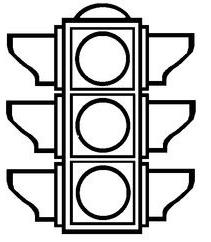краткасрочный план английскому языку. 1 класс
Создайте Ваш сайт учителя Видеоуроки Олимпиады Вебинары для учителей
Module 1 Colours
Вы уже знаете о суперспособностях современного учителя?
Тратить минимум сил на подготовку и проведение уроков.
Быстро и объективно проверять знания учащихся.
Сделать изучение нового материала максимально понятным.
Избавить себя от подбора заданий и их проверки после уроков.
Наладить дисциплину на своих уроках.
Получить возможность работать творчески.
Просмотр содержимого документа
«Module 1 Colours»
Полезное для учителя
Распродажа видеоуроков!
1600 руб.
2660 руб.
1610 руб.
2690 руб.
1510 руб.
2510 руб.
1510 руб.
2510 руб.
ПОЛУЧИТЕ СВИДЕТЕЛЬСТВО МГНОВЕННО
* Свидетельство о публикации выдается БЕСПЛАТНО, СРАЗУ же после добавления Вами Вашей работы на сайт
Удобный поиск материалов для учителей
Проверка свидетельства






















